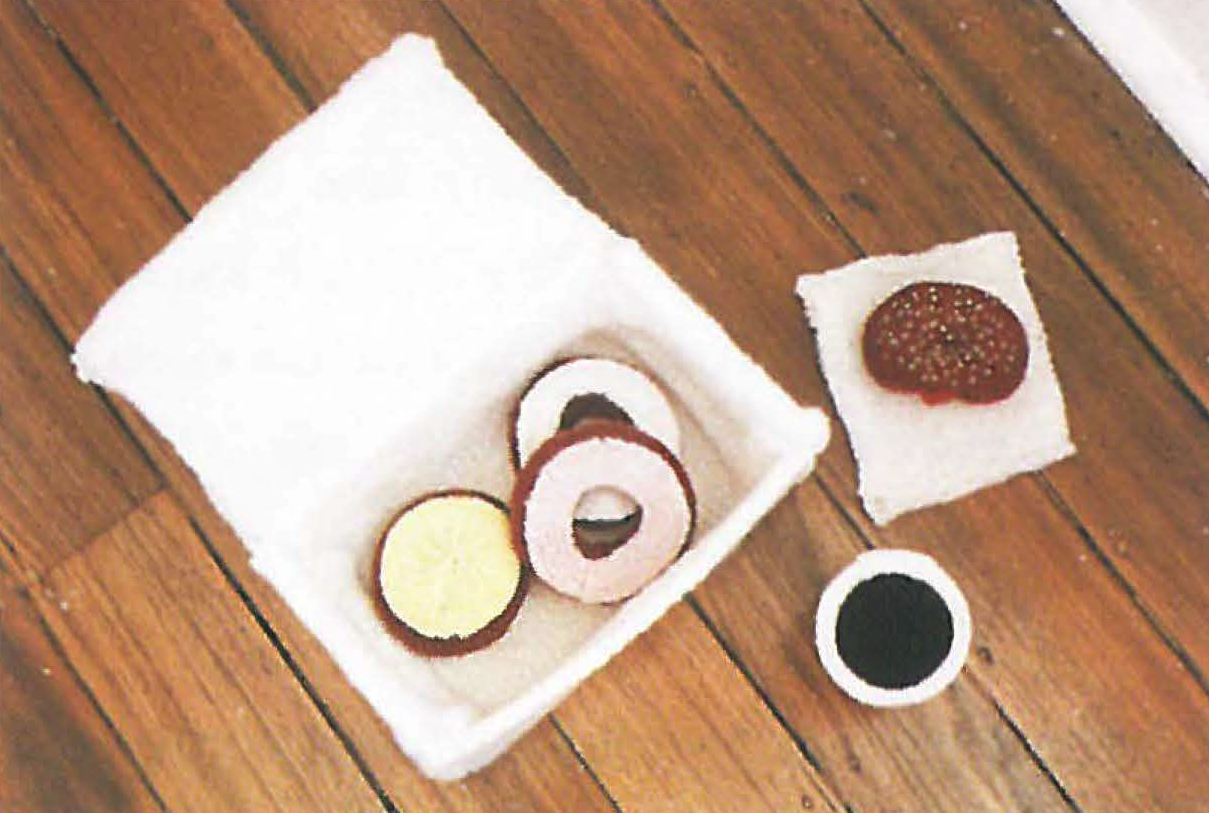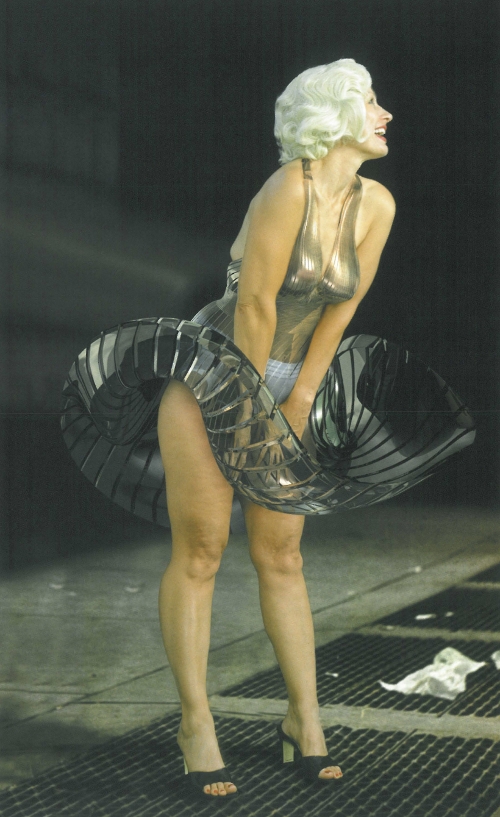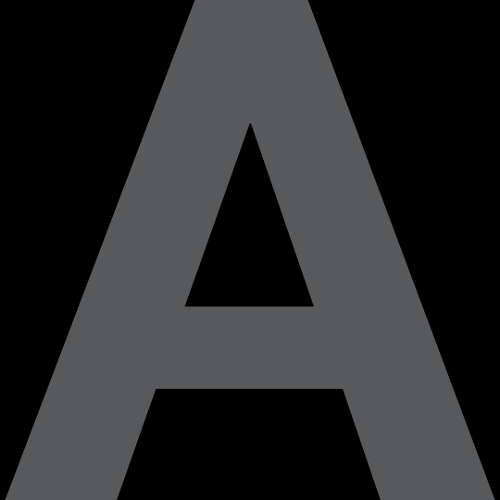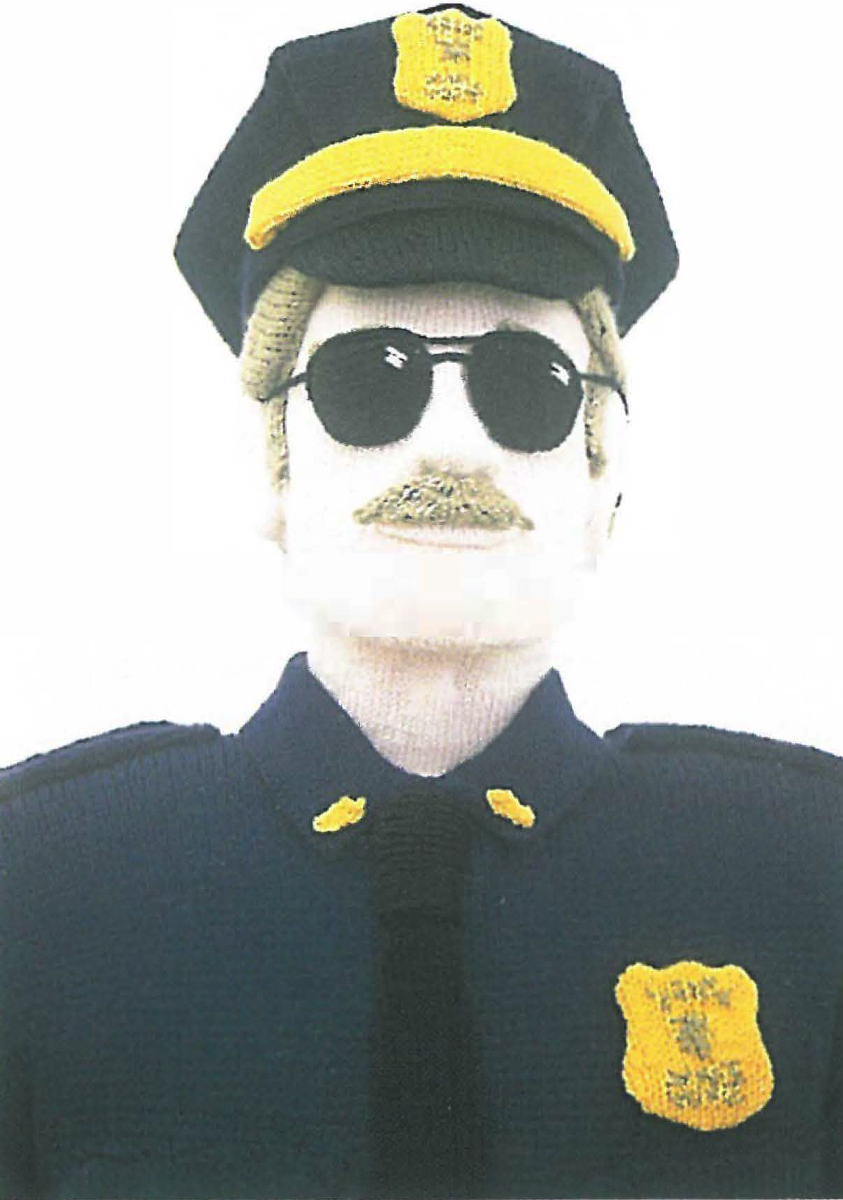
There's a strong compulsion to hug Kate Just's policeman. He's 6'3", sandy haired, straight and proud with jutting chin and the neat navy blue uniform of the United States constabulary. He is also knitted, in comfy, Grandma-endorsed 8 ply; a life-size policeman soft toy, complete with woollen accessories. A stuffed pistol and holster are securely sewn to a double waist belt, the bullets rendered harmless in grey wool. (Nothing lethal ever came out of a knitting nancy). Walkie-talkie, handcuffs and buckles come complete with stitched highlights (too clumsy for the adjective 'embroidered'), and gleams have also lovingly been applied to sunglasses and shoes. A chunky reindeer graces the Hartford, C.T. locality badge, above three wobbly, golden stripes. There is none of Louise Weaver's finesse, but the homespun quality in Just's installation Uniform is the very thing that renders this authority figure uncharacteristically approachable and decidedly domestic.
Television dramas such as Hill Street Blues and NYPD Blue have cast the American cop as a regular and immediately familiar visitor to the Australian lounge room. We know his squad car number, his position in the chain of command, we can recite the Miranda rights by heart but we can also hum the theme tune - we know he's a fake. 'Reality' shows such as Cops seem only to reinforce the American policeman as a product of the editing suite. We have become cynical; we saw it on the telly - it can't be real. The shield-shaped badge has become a cliche, as have coffee and doughnuts (or rather, donuts), staples of the TV cop diet. These too get a guernsey (literally) in Uniform. Woollen doughnuts spurt jam and sport stitched sugar sprinkles or pastel coloured icing. Garter stitched coffee brews in a knitted polystyrene cup, alongside matching napkin. Protecting the judicial feast is a yellow woollen banner emblazoned with the command DO NOT CROSS/POLICE. The flat, two-dimensional colours of the wool (acrylic, furthermore) transport Uniform to the even more artificial realm of the cartoon.
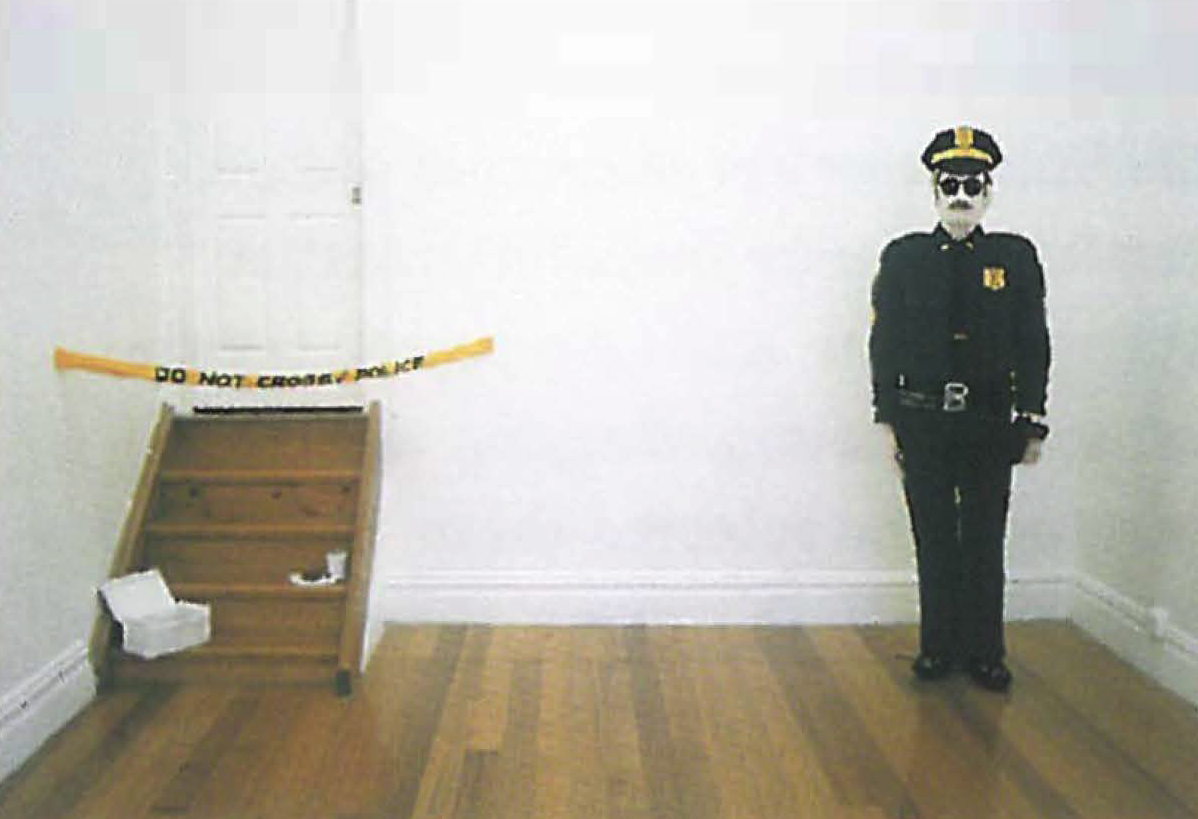
Ironically, the American cop is a very real figure to Just; Uniform is an accurate effigy of her father, a policeman in Connecticut (which surely means his title was Officer Just; paradoxically perfect for a comic book hero). The artist is not sticking a flower in a gun barrel here. While fully aware of her father's authoritarian status, as 'someone who had the capacity to exert power, violence and control in the outside world', Uniform is not an attempt to subvert masculine authority, but an acknowledgement of its place in Just's own domestic environment. It seems appropriate for her partner's mother, Pat Russell, to have assisted in the ambitious five-month project, following the tradition of passing 'home crafts' through female generations of the household. (Just was taught to knit by her mother, but confesses to never having knitted a sweater in her life, apart from the nifty little black number with silver trim and aerial 'sleeve' she whipped up for the Uniform surveillance camera).
Uniform's sense of narrative, its constructed scenario, along with the camera's presence, provide obvious clues to Just's earlier degree in Film Making. Gallery visitors can catch glimpses of themselves in the comer of the screen as they take part in the drama, although the camera's lens is focused squarely on the knitted Officer Just. The watcher becomes the watched; real life is replicated in wool then redirected to the artificial realm of the small screen. Just is still making home movies; they're witty, kooky and engaging. I look forward to the sequel.
